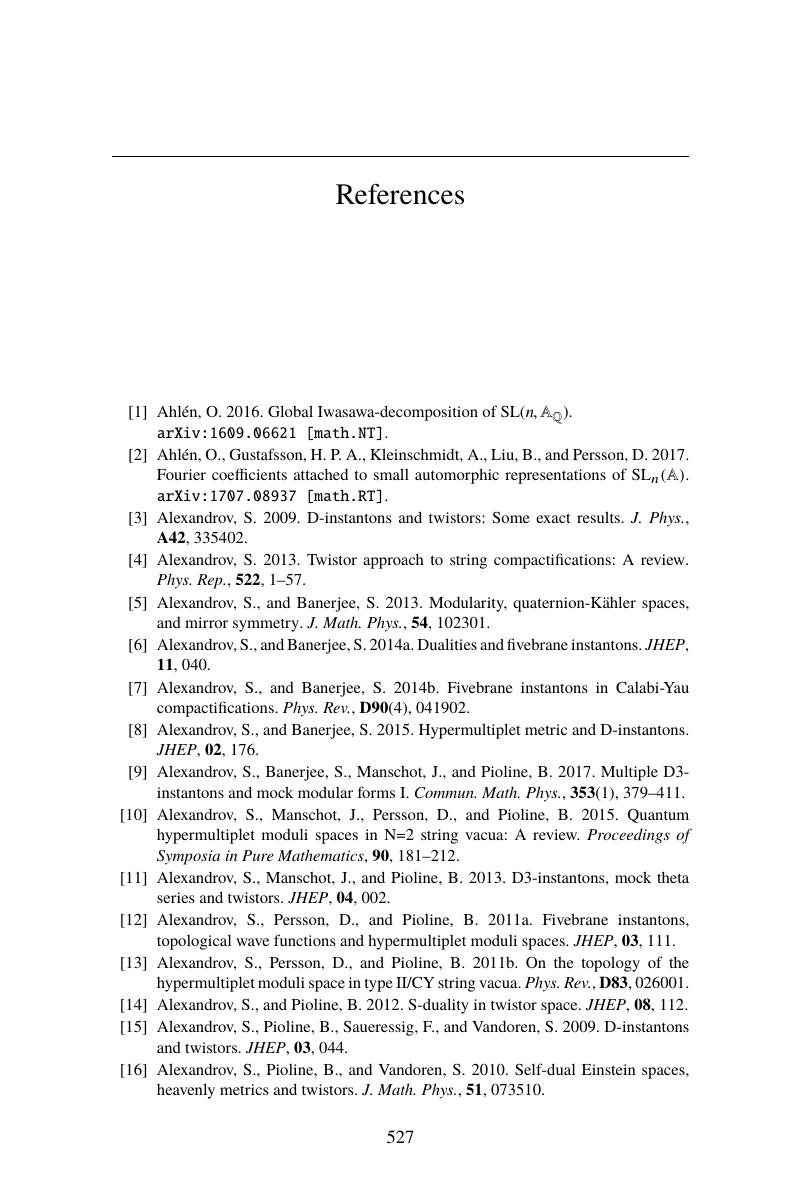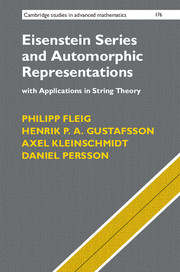References
Published online by Cambridge University Press: 29 June 2018
Summary

Information
- Type
- Chapter
- Information
- Eisenstein Series and Automorphic RepresentationsWith Applications in String Theory, pp. 527 - 558Publisher: Cambridge University PressPrint publication year: 2018
